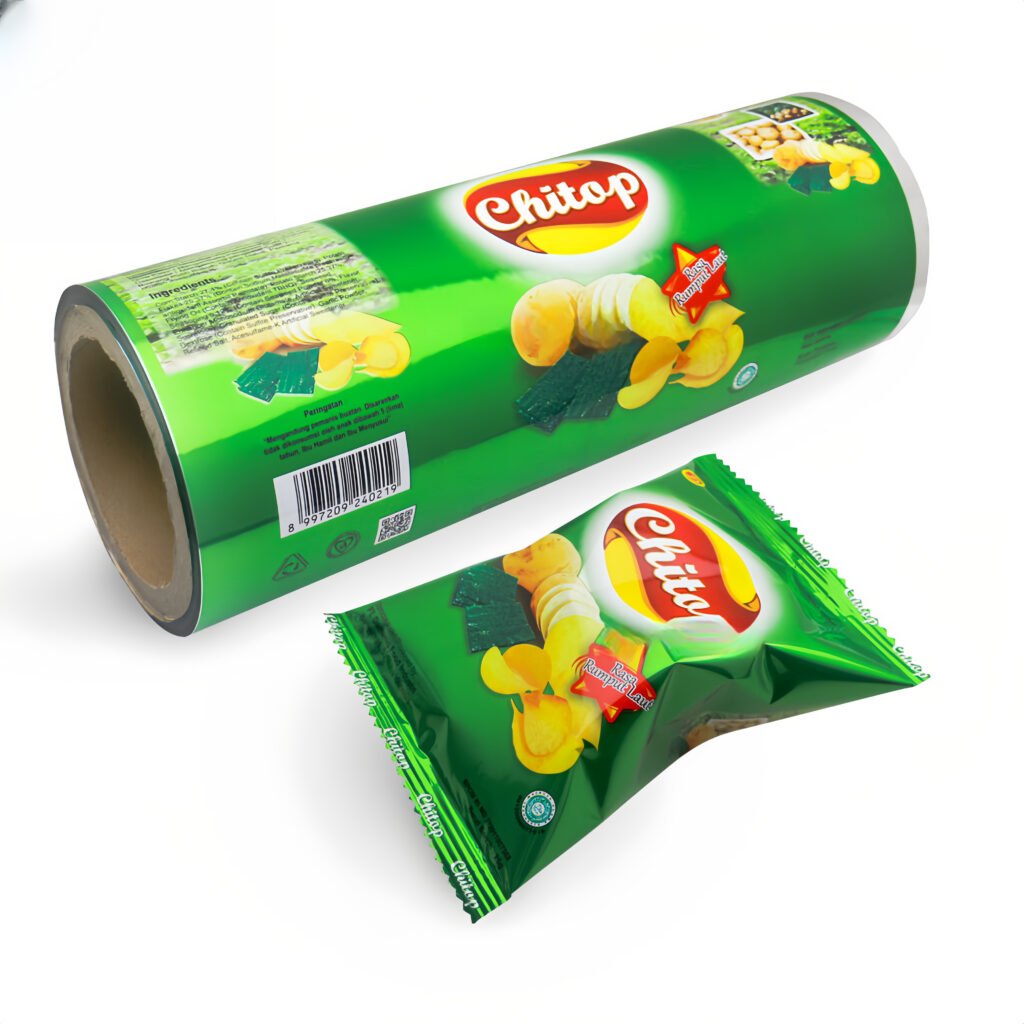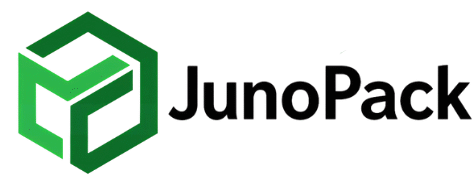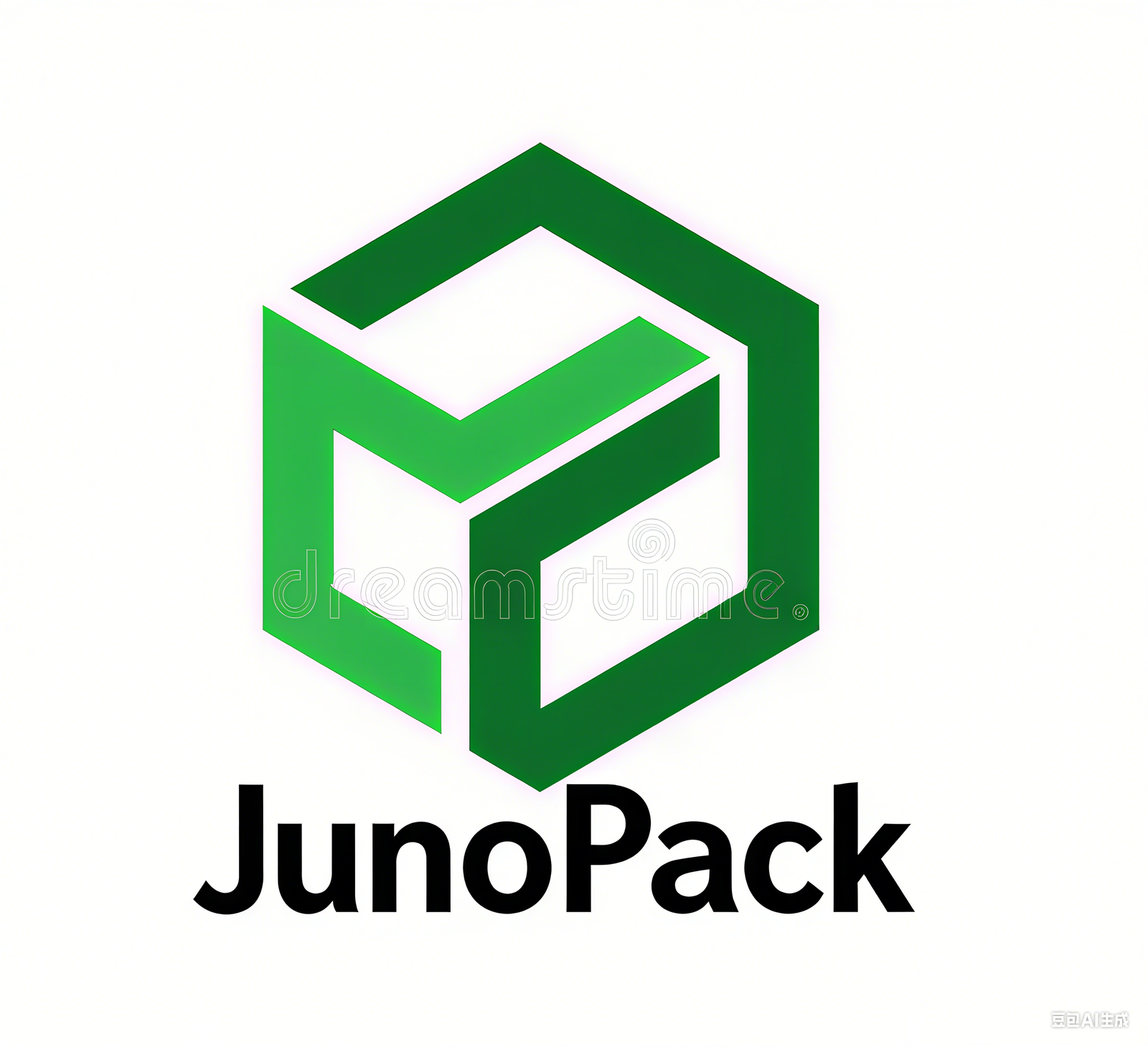Email : info@jonopackpro.com
How to Customize Flexible Packaging: A Complete Guide for Businesses

Have you ever wondered what makes flexible packaging such a go-to choice for food, pet products, and even healthcare items? Customizing it isn’t just about picking a bag style—it’s about choosing the right materials, barrier properties, and branding features to match your product.
In this article, we will explore:
- The main materials used in flexible packaging
- The differences in applications across industries
- Common bag types and their functions
- The data and requirements clients must provide when ordering custom packaging
By the end, you’ll have a clear understanding of the customization process and why working with an experienced manufacturer like Junopack ensures you get reliable, high-quality results.
1. Materials Commonly Used in Flexible Packaging
Flexible packaging is not “one-size-fits-all.” The material structure must match the product’s storage, barrier, and branding needs. Here are some of the most widely used materials:
🔹 Plastic Films
- Polyethylene (PE): Strong, flexible, moisture-resistant. Widely used for food, frozen products, and heavy items.
- Polypropylene (PP): Offers high clarity, chemical resistance, and stiffness. Often used for snack packaging or medical supplies.
- Polyester (PET): Known for excellent strength and barrier properties against oxygen. Used in coffee, pet food, and pharmaceuticals.
🔹 Laminated Structures
- PET/AL/PE: Multi-layer laminate with aluminum foil for maximum barrier protection. Ideal for coffee, spices, or sensitive chemicals.
- BOPP/CPP: High gloss, printable surfaces with durability. Suitable for dry food, bakery, or retail goods.
🔹 Paper-Based Materials
- Kraft Paper: Eco-friendly, recyclable, with natural aesthetics. Often combined with barrier films for organic or sustainable branding.
- Coated Paper: Provides additional grease or moisture resistance, common in fast food and bakery packaging.
🔹 Biodegradable & Compostable Films
- PLA (Polylactic Acid): Derived from renewable resources. Increasingly used by eco-conscious brands.
- PBAT Blends: Flexible and compostable, suitable for sustainable retail and e-commerce packaging.
2. Bag Types in Flexible Packaging
Different industries require different packaging formats. Some of the most common bag types include:
- Stand-Up Pouches (Doypacks): Great shelf appeal, resealable zippers, suitable for snacks, coffee, pet treats.
- Flat Pouches: Simple and cost-effective, used for single-serve products like sauces or powders.
- Side-Gusset Bags: Larger capacity, ideal for coffee beans, tea, or grains.
- Spout Pouches: Perfect for liquid or semi-liquid products such as juices, sauces, or detergents.
- Vacuum Bags: Extend shelf life for meat, seafood, or medical products.
- Rollstock Film: For automated packaging machines, used in high-volume food and retail production.
3. Flexible Packaging in Different Industries
🔹 Food & Beverage
- Requires moisture, oxygen, and aroma barriers.
- Clear printing and resealable features enhance branding and convenience.
🔹 Pet Food & Supplies
- Needs strong durability to handle weight.
- Resealable zippers and metallized layers preserve freshness and smell.
🔹 Healthcare & Pharmaceuticals
- High hygiene standards.
- Often use laminated barrier films with tamper-evident sealing.
🔹 Personal Care & Household Products
- Flexible pouches with spouts or handles.
- Require chemical resistance and high durability.
🔹 E-commerce & Retail
- Mailer bags and lightweight film for cost-effective shipping.
- Increasing demand for recyclable and eco-friendly materials.
4. What Data Do Clients Need to Provide for Custom Orders?
When requesting custom flexible packaging, clients should prepare the following information:
- Product Type & Usage
- What is being packed (food, powder, liquid, pet food, etc.)?
- Storage conditions (room temperature, refrigerated, frozen)?
- Bag Type & Size
- Preferred style (stand-up pouch, flat pouch, gusset bag, spout pouch, roll film).
- Dimensions (width, height, gusset).
- Material Requirements
- Single-layer plastic, laminated, paper-based, or compostable?
- Barrier needs: moisture, oxygen, light, aroma.
- Printing & Branding
- Artwork file format (AI, PDF).
- Number of colors (CMYK, Pantone).
- Finishing effects (matte, gloss, window, metallic).
- Order Quantity & Delivery Terms
- Minimum order quantity (MOQ) depending on bag type.
- Shipping preference: FOB, CIF, or DDP.
5. Why Work With Junopack for Custom Flexible Packaging?
Choosing the right manufacturer is just as important as selecting the right materials. At Junopack, we provide:
- Comprehensive Material Options: From standard plastic laminates to eco-friendly and compostable films.
- Advanced Printing Technology: High-resolution rotogravure and digital printing for premium branding.
- Strict Quality Control: Every production batch is tested for seal strength, thickness, and barrier performance.
- Customization Expertise: We work closely with clients to recommend suitable structures, dimensions, and finishing.
- Global Export Experience: With years in protective and flexible packaging manufacturing, Junopack understands compliance standards across markets in the U.S., Europe, Japan, and Southeast Asia.
Conclusion
Customizing flexible packaging is not just about choosing a bag—it’s about matching the right materials, structures, and design features to your product and market needs. By preparing the correct data and partnering with an experienced manufacturer, businesses can ensure packaging that protects, promotes, and elevates their brand.
If you are ready to discuss your custom flexible packaging requirements, Junopack is here to help with expert guidance, high-quality production, and international shipping solutions.
📩 Contact us today to get a free consultation on your packaging project.

